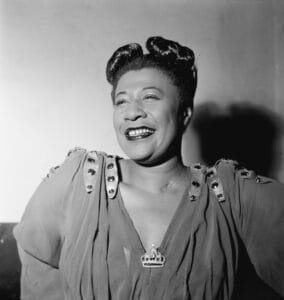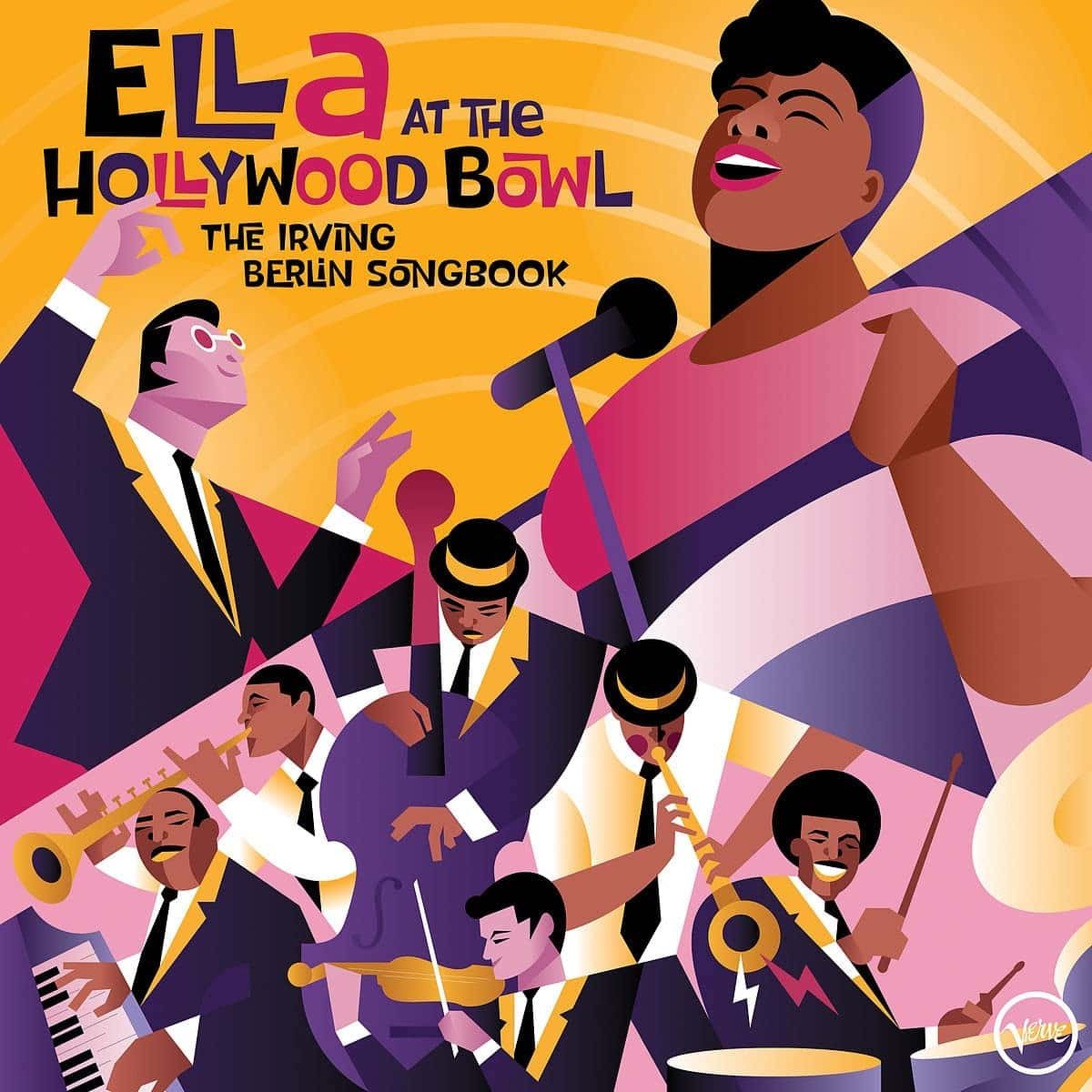Have you ever wondered what it takes to be crowned the Queen of Jazz? Ella Fitzgerald earned this royal title through a blend of undeniable talent, an unyielding spirit, and a lasting impact on music and culture. While many know her from her dulcet tones and extensive catalog, there’s much more to Ella Fitzgerald’s story that’s worth exploring. So sit back, and let’s journey through the life and legacy of Ella Fitzgerald: The Queen of Jazz and Her Impact.


Early Life and Musical Beginnings
Ella Fitzgerald was born on April 25, 1917, in Newport News, Virginia. Her early life was marked by hardship and instability, especially following her mother’s death when Ella was just a teenager. Yet, these turbulent years played a pivotal role in shaping the tenacity that would later drive her remarkable career.
A Troubled Youth
Ella’s teenage years were far from easy. After her mother’s passing, Ella was sent to live with her Aunt in Harlem, New York. As a young girl struggling to find her footing, she often found herself in trouble with authorities, leading to periods spent in reform schools.
Discovering Her Talent
Despite the struggles, Ella’s love for music never waned. At 17, she made her singing debut at an amateur night at the Apollo Theater in Harlem. Her initial plan was to dance, but a last-minute decision led her to sing instead. She enthralled the audience with her rendition of “Judy” by Hoagy Carmichael, marking the beginning of an illustrious career.
Breaking Into the Jazz Scene
Ella’s life took a significant turn when she was discovered by the bandleader Chick Webb. Webb took her under his wing, giving her a spotlight in his orchestra. This partnership not only refined Ella’s talent but also solidified her place in the world of jazz.
The Chick Webb Orchestra Era
With the Chick Webb Orchestra, Ella recorded hits like “A-Tisket, A-Tasket”, which catapulted her into the limelight. Webb’s mentorship was instrumental in Ella’s growth, yet it was her quick mastery and unique improvisation skills that truly set her apart.
Key Achievements:
- First major hit with “A-Tisket, A-Tasket” in 1938.
- Continued success even after Webb’s death in 1939, as the headliner of Webb’s band.
The First Lady of Song
Ella’s career crossed a pivotal milestone in the 1950s when she began collaborating with Norman Granz, a jazz impresario who founded Verve Records.
The Birth of Verve Records
Norman Granz had a vision for Ella that went beyond her talent; he believed she could revolutionize jazz. Under Verve Records, Ella produced a series of songbooks that transformed her career.
The Songbook Series
The Songbook series included interpretations of songs by iconic American composers like Cole Porter, Duke Ellington, and the Gershwins. These recordings were not just commercial successes but also critical masterpieces that showcased the depth and versatility of Ella’s voice.
Key Contributions:
- Improved the public perception of jazz as a serious genre.
- Elevated the works of American songwriters to new heights, ensuring their place in cultural history.
Notable Albums:
- Ella Fitzgerald Sings the Cole Porter Songbook (1956)
- Ella Fitzgerald Sings the Duke Ellington Songbook (1957)
- Ella Fitzgerald Sings the Irving Berlin Songbook (1958)
The Timeless Voice and Technique
Ella’s vocal range spanned three octaves, a phenomenon that resonated deeply with musicians and fans alike. However, it wasn’t just the range that mattered; it was what Ella did within that range that truly left her mark on history.
Scat Singing
One cannot discuss Ella Fitzgerald without acknowledging her revolutionary scat singing. She turned what could have been a mere artistic exercise into a profound form of vocal improvisation that influenced countless musicians.
Emotional Expression
Ella had the uncanny ability to infuse her songs with raw human emotions. Whether it was love, heartbreak, or joy, listeners could feel every sentiment in her voice, making her performances deeply personal and universally relatable.
Expert Insight: Jazz pianist and composer Herbie Hancock once said of Ella, “Her voice is like an instrument, a violin. She could convey just the right emotion or mood without using words.”
The Cultural Impact
Beyond the accolades, awards, and massive contributions to jazz, Ella Fitzgerald held significant cultural sway. In an era rife with racial tension and segregation, she broke barriers and connected people through her music.
Breaking Racial Barriers
Ella worked with artists across racial and musical divides, doing her part to challenge and slowly dismantle the systemic racism that plagued even the world of jazz.
A Global Star
Ella’s influence was by no means confined to the United States. She gained international acclaim, performing in Europe, Asia, and Australia, and bringing American jazz to the world stage.
Statistics and Milestones:
- Winner of 14 Grammy Awards, including a Lifetime Achievement Award.
- First African American woman to win a Grammy Award.
- Received the National Medal of Arts from President Ronald Reagan.
Influencing Future Generations
Ella Fitzgerald’s impact can be gauged by the number of artists across genres who cite her as a key influence. From contemporary jazz singers to R&B and pop artists, her legacy is one that transcends genre boundaries.
Mentorship and Collaborations
Ella collaborated with an array of musicians, from Dizzy Gillespie to Louis Armstrong. These collaborations enriched her music and allowed her to mentor younger artists, leaving an enduring influence on the jazz community.
Legacy of Excellence
Her impeccable technique and innovative styles have been studied and emulated by aspiring musicians for decades. New generations continue to discover and draw inspiration from her expansive catalog.
Interesting Fact: In 2008, the United States Postal Service honored Ella Fitzgerald with a stamp, part of the Music Icons series, cementing her place as a central figure in American cultural history.
Personal Life and Challenges
While Ella’s public persona was that of an unstoppable and joyous singer, her personal life was laced with challenges that highlighted her profound resilience.
Marriage and Family
Ella experienced several important relationships, but her career always demanded significant sacrifices. Despite the difficulties, she adopted a son, Ray Brown Jr., with her second husband, bassist Ray Brown. Balancing motherhood with a demanding career was no small feat, yet Ella managed it with grace.
Health Issues
The latter part of Ella’s life was marred by health problems, including diabetes, which eventually led to the amputation of both her legs. Nevertheless, her spirit remained unwavering, and she continued to perform until her final years.
Conclusion
Ella Fitzgerald’s story is one of remarkable talent, unparalleled work ethic, and an enduring impact on the world of jazz and beyond. She broke barriers, set new standards, and left a legacy that continues to resonate. Her life and career offer invaluable lessons in perseverance, innovation, and the enduring power of music.
You see, Ella Fitzgerald wasn’t merely a singer; she was a voice of her time—a queen who continues to reign in the hearts of jazz lovers around the world. The Queen of Jazz didn’t just create music; she used it as a powerful tool to inspire and connect, proving that the true essence of jazz lies not only in its sound but in its heart and soul.
Meta Description
Discover the life and legacy of Ella Fitzgerald, the Queen of Jazz, and her profound impact on music and culture. Explore her journey, from humble beginnings to global stardom.


